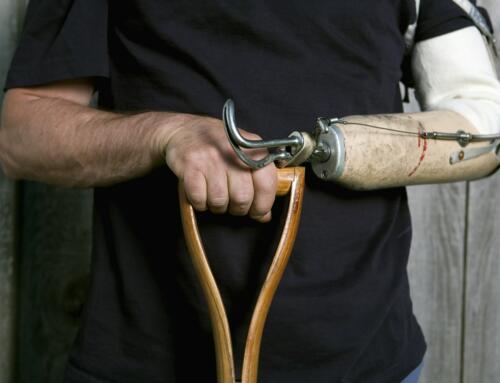Two weeks it was announced that a real estate developer will pay $10 million in bonuses to its 198 workers, the average per employee will get a $50,000 bonus! Not everyone is that lucky, especially injured workers.
No matter what the size of the bonus, these earnings must be considered when calculating the average weekly wage (AWW) for injured workers seeking compensation. One minor miscalculation could lead to months, maybe years, of underpaid benefits. Careful examination of how your employer arrived at the average weekly wage and whether that calculation is correct are very important questions in Pennsylvania workers’ compensation claims.
In most cases, workers’ compensation wage loss benefits are calculated by analyzing the gross wages received during the four quarters before the injury happened. To determine your weekly benefit, you divide the total wages for each quarter by 13 weeks. That results in a weekly figure for each quarter. Then you take the average of the three highest quarterly averages. This results in your AWW. If you earned a bonus, you divide that figure by 52 weeks and add it to the AWW. Bonuses, vacation time, board/lodging and gratuities are often forgotten, so it’s vital to double check calculations.
Here is an example:
Assume your injury occurred on March 22, 2019, and you are paid $15 per hour. You are paid time and half for overtime and you are not paid if there is bad weather. Here is the breakdown of your wages during each quarter:
| Quarter | Date | Gross Wages | Weekly Wages |
| One | March 22 – June 22, 2018 | $8,275.00 | $636.54 |
| Two | June 23, 2018 – Sept. 22, 2018 | $8,472.00 | $651.69 |
| Three | Sept. 23, 2018 – Dec. 22, 2018 | $7,850.00 | $603.85 |
| Four | Dec. 23, 2018 – March 22, 2019 | $7,110.00 | $546.92 |
- The average of the three highest quarters (Quarters 1, 2, and 3) is $630.69.
- Your end-of-the-year bonus of $2,500.00 divided by 52 weeks equals $48.08 per week.
- $630.69 + $48.08 = $678.77 AWW
Calculating the AWW can get even more complicated with some special circumstances. Here are just a few:
- If you work more than one job, wages from both jobs are used to determine the average weekly wage. In this instance, the average weekly wage for each job is calculated separately.
- If calculating your AWW results in unfair and grossly inaccurate wages, the number can be adjusted to more accurately depict your earnings. One example where this might happen could be if, during one or more of your 13-week periods, you worked part time for a few months then full time thereafter. In this type of situation, the accurate depiction of wages could be based solely on the full-time wages.
- If an employee has not been employed by the time-of-injury employer for four consecutive quarters, the average weekly wage is calculated using the average of wages earned for any completed quarter.
- If you work less than one completed quarter, then you use the “expected” weekly wages. This is often contested.
- Seasonal employees and volunteer emergency workers are treated differently.
There are many nuances when calculating your AWW. Insurance companies notoriously miscalculate benefit rates, resulting in huge underpayments of compensation to the injured worker. By way of example, I recently settled a wage dispute where the injured workers benefit rate was $200 short per week due to a miscalculation of the AWW. This resulted in a retroactive award of nearly $8,000.00 in addition to correcting the rate going forward. A small mistake in the calculation of the AWW can have a drastic long-term affect.
If you feel as though your AWW has been miscalculated, please call my office. Initial consultations are free.







